What are Geological Processes?
 Jessica Ellis
Jessica Ellis
The term "geological processes" describes the natural forces that shape the physical makeup of a planet. Plate tectonics, erosion, chemical weathering and sedimentation are all examples of forces that significantly affect the Earth’s surface and account for its major features. These processes are closely studied by geologists and earth scientists to improve their understanding of the planet’s history; to help locate useful resources, such as metal ores; and to aid the prediction of potentially disastrous events, such as earthquakes, tsunamis and volcanic eruptions.
Plate Tectonics
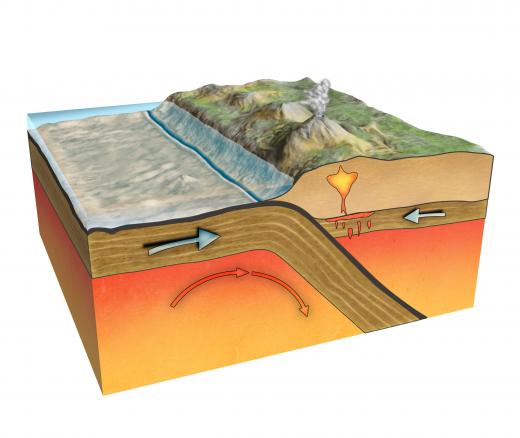
When looking at the Earth from space, it gives an impression of total, immovable serenity. The history of the planet, however, is dominated by the splitting and joining of landmasses to form new continents that shift their positions on an ongoing basis. These geological processes are driven by plate tectonics and occur on timescales that are too long for humans to appreciate directly. The Earth’s crust consists of solid “plates” of rock that float on denser, but semi-liquid, material below. Convection currents in this material, known as the mantle, cause these plates, which form the continents, to move over time.
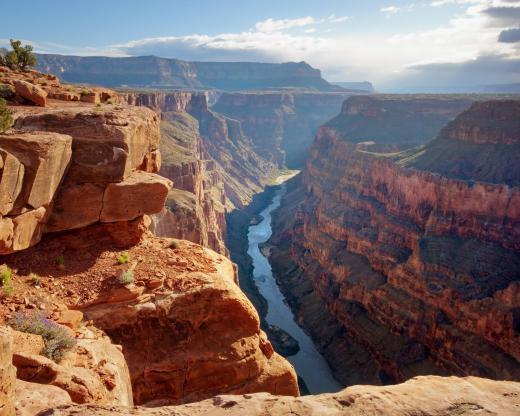
Sometimes, continental plates crash into one another, forming mountain ranges such as the Himalayas. Plates may also split apart, as is happening today in the Rift Valley of Africa. If one could view the planet as it was roughly 250 million years ago, it would look very different from its appearance today. It is thought that, at that time, all the continents were joined together in one huge "supercontinent" that researchers call Pangaea. Around 200-225 million years ago, driven by tectonic processes, this landmass started to fragment into smaller pieces, eventually forming the modern continents.
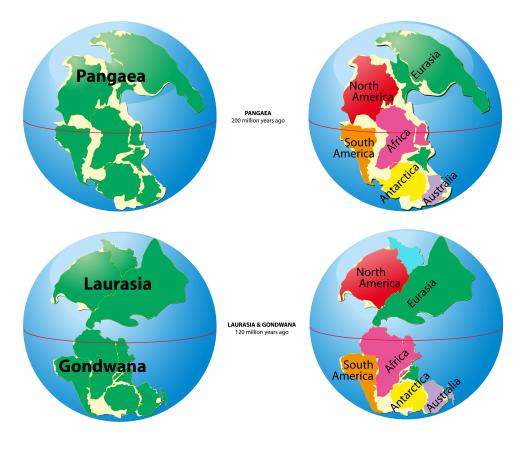
Tectonic processes can also bring continents together. Some geologists think that the Earth has gone through several cycles where huge landmasses have split up to form smaller continents that have later fused together again. There may have been a number of previous supercontinents.
The Earth’s crust consists of two layers: the continental crust and, below it, the oceanic crust, which is composed of denser rock. The oceanic crust is exposed under the oceans. Under the Atlantic Ocean, new material is coming up from the mantle to form a mid-oceanic ridge as America and Europe drift further apart. In other areas, including the west coast of South America, oceanic crust is sinking under the continental crust in what is called a subduction zone. The friction produced by this process has led to volcanism in this area, forming the Andes mountain range.
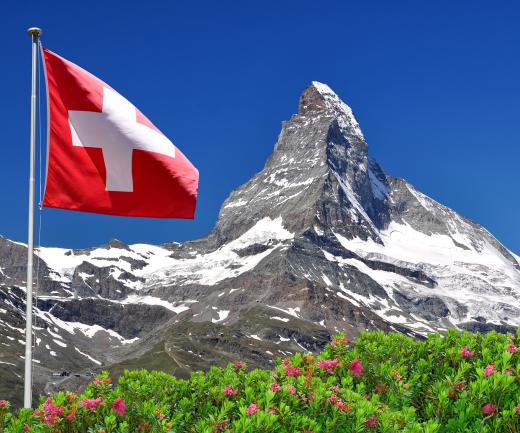
Plate tectonics explains why earthquakes and volcanic activity tend to occur around the edges of the continents. These are the areas of greatest geological activity, where subduction or the movement of continental plates against one another can result in violent events. Unfortunately, large numbers of people live in geologically active areas near plate boundaries, but humans are beginning to develop the means to predict disasters. By closely monitoring things like small movements of rock, fractures, and swelling of the ground, scientists can sometimes issue advance warnings of earthquakes and volcanic eruptions.

An understanding of the geological processes involved in plate tectonics can also help to locate valuable mineral resources. Material from the continental and oceanic crusts, and from the mantle, varies in its mineral composition. Geologists can plot plate boundaries and map the likely positions of different types of crust and mantle rock. Combining this with knowledge of the melting points of minerals and the sequences in which they crystallize, it may be possible, for example, to guess the likely location of a deposit of copper ore within a large blob of solidified magma.
Erosion
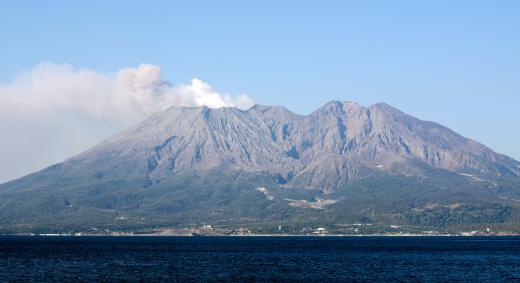
When rock is worn away by water, ice or even wind, this is known as erosion. It is one of the most important geological processes, and, over time, can transform landscapes. Particles of grit and sand carried by water or wind have an abrasive effect and can sculpt rock into new shapes on a large scale. Some of the most dramatic land features are produced by ice in the form of glaciers. Grit and rock fragments embedded in the ice scrape against rock, altering the landscape on a huge scale.
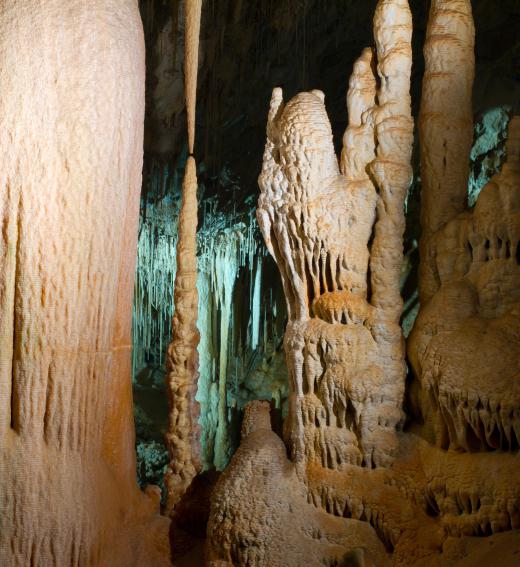
The uplift of land caused by a collision of two continental plates combines with the forces of erosion to form mountain ranges such as the Himalayas or the Alps. Water forms river valleys, helping shape the range, but when the land rises high enough for permanent snow, glaciers form. These slow-moving rivers of ice gouge out steep-sided, flat-bottomed valleys, narrow ridges and sharp, pyramidal peaks, producing the mountain ranges that most people know today. The Matterhorn in the Swiss-Italian Alps is a classic example of a pyramidal peak.
Running water also has a major impact on landscapes. It forms river valleys and gorges, depending on the nature of the terrain. One of the most spectacular examples of water erosion is the Grand Canyon, gorge more than a mile (about 6,000 feet or 1.83 km) deep that scars the landscape of Arizona. It was formed over a period of about 17 million years.
Wind erosion can also contribute to the shaping of landscapes, though usually on a smaller scale. Features caused by this form of erosion are usually found in very dry areas. Wind can remove loose material from the ground, forming depressions that may be quite large, such as the Qattara Depression in Egypt. Sand and grit blown by wind can produce smaller scale landscape features, such as yardangs — long, smooth ridges aligned to the usual direction of the wind.
Chemical weathering
Rock can react with substances present in water or in the air, producing chemical weathering. When rocks that form deep underground are exposed on the surface, they may slowly change color and crumble due to iron compounds reacting with oxygen in the air, for example. The resulting, weaker, material may begin to form soils or may be eroded away and deposited elsewhere.
Another commonly seen example is the dissolving of limestone by acidic water. Water can become acidified by organic compounds or by absorbing volcanic gases. Limestone consists largely of calcium carbonate, which reacts easily with acids. Caves and sinkholes are common results of the chemical weathering of limestone. Within caves, stalagmites and stalactites form over time through the dripping and evaporation of water containing dissolved rock material.
Sedimentation
Material suspended or dissolved in water forms rock by a process known as sedimentation or deposition. This can happen through the build up and compaction of small particles as they settle out of the water, or by evaporation causing dissolved chemicals to crystallize. Rocks formed this way are called sedimentary rocks. Examples include sandstone, which forms from sand grains; limestone, which consists of the shells of small organisms; and deposits of salt and gypsum, which form from the evaporation of water containing these minerals. Sometimes, sedimentary rocks can build up into layers several miles thick.
Sedimentary rocks may contain fossils, which are much more likely to be preserved in this type of rock than in those that have been subjected to high temperatures. Geologists and paleontologists have been able to piece together a history of life on the planet by analyzing sedimentary rocks and fossils. Fossilized marine organisms found on mountaintops far from the sea were an early indication that movement of rock, both horizontal and vertical, had taken place on a huge scale at some time in the past. It was the similarities in fossils of a certain age in different continents that led eventually to the theory of plate tectonics.
The hypothesis that a meteorite impact may have caused the extinction of the dinosaurs emerged from the discovery of a layer rich in the rare metal iridium in sediment dating from around the time of the extinction. This layer is found in widely separated parts of the world where rock of the right age is exposed, suggesting that it likely came from an external source that caused an event that had an extremely wide impact.
AS FEATURED ON:
AS FEATURED ON:

















Discussion Comments
@anon257891: What are the external forces for erosion, weathering and deposition?
Weathering, erosion, and deposition are all part of the rock cycle, which is dependent upon the other cycles: tectonic cycle (for heat and energy); biogeochemical cycle (for materials); and hydrological cycle (for water). The rock cycle is driven by Earth's internal heat and by energy from the sun, and refers to the worldwide recycling of the three major rock groups (igneous - sedimentary - metamorphic). As igneous rocks are at or near the surface, they are broken down into sediment by chemicals in the water or air (weathering).
Sediment formed by weathering is transported by wind, water, ice, and gravity (erosion) to depositional sites such as lakes and oceans. When the force which is moving the sediment loses enough kinetic energy, the forces of weight and friction deposit the sediment into the Earth's crust, forming a layer of sediment, which becomes compact and cemented together (lithification), forming sedimentary rock. Lithification means it is now part of the lithosphere, which is made up of 8 percent sedimentary rock.
In short, the forces are Earth's internal heat and solar energy. The hydrological cycle is driven by solar energy and plays the central role in weathering, erosion, transportation, deposition, and lithification of sediment.
What are the major geologic processes and hazards in Benin? What are the major mineral resources and what are environmental problems are found?
What are the external forces for erosion, weathering and deposition?
"D" is my answer, also.
you are correct anon94115. a geological process could be anything that changes the surface of the earth, but this also means it could be a force and/or an event as well.--96075brendon1987
The answer is D. Anything
I need a simple answer to a question:
A geological process is ___________ that changes the surface of the earth.
A. force
B. An event
C. force or an event
D. Anything
And I think the answer is D. Anything
Post your comments